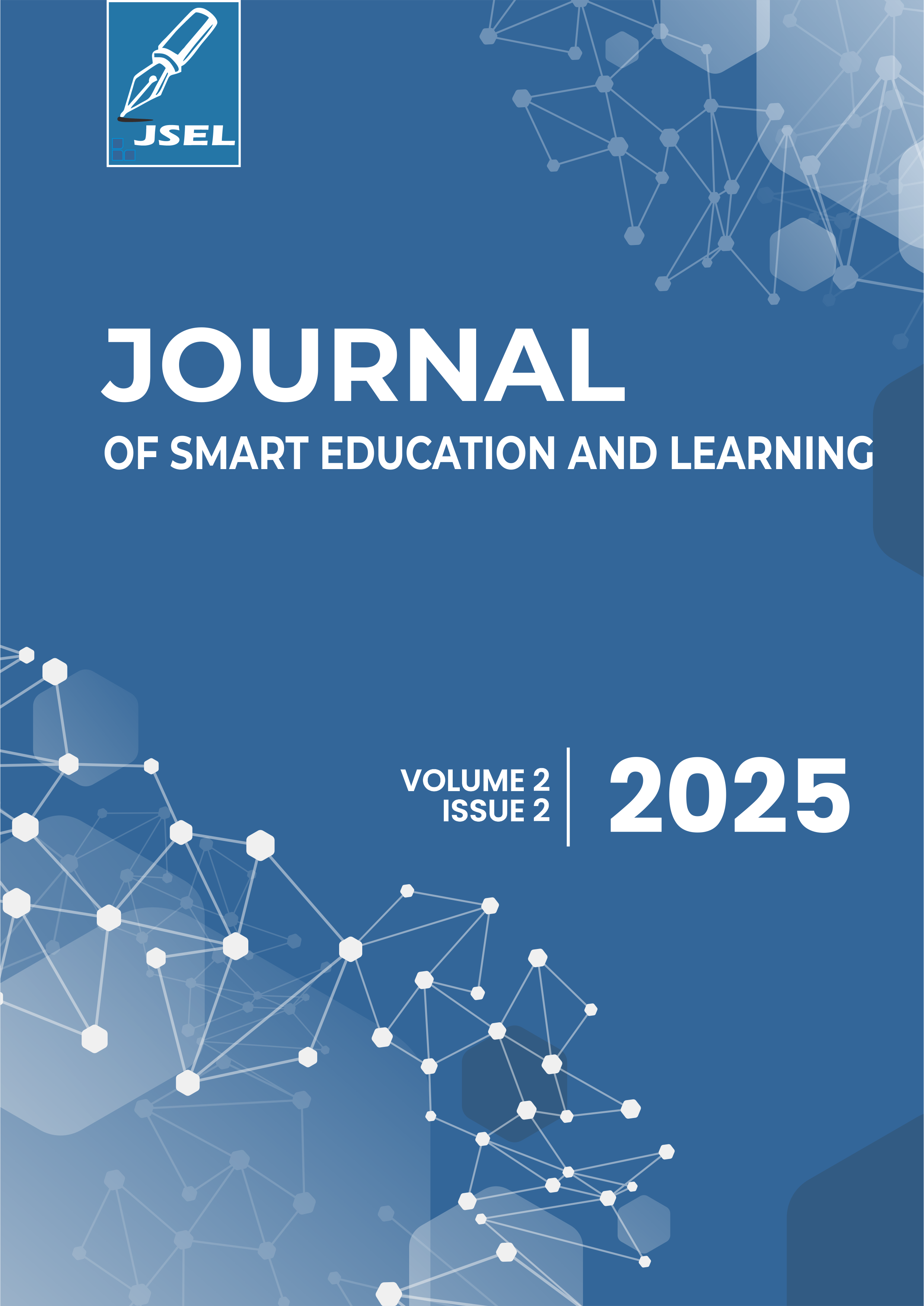Evaluasi dampak dan rekomendasi perbaikan kebijakan anti bullying di SMK Negeri 2 Yogyakarta
DOI:
https://doi.org/10.53088/jsel.v2i2.1385Keywords:
Bullying, Anti-Bullying Policy, School EnvironmentAbstract
This study aims to evaluate the impact of and provide recommendations for improving anti-bullying policies at SMK Negeri 2 Yogyakarta. Using a descriptive qualitative approach, data were collected through in-depth interviews with the school’s Guidance and Counseling Coordinator. The findings reveal that bullying at SMK Negeri 2 Yogyakarta exhibits a complex pattern—ranging from verbal abuse to potential physical violence—with a high prevalence in male-dominated vocational departments (accounting for 80% of the 2,500 students). The school has implemented a comprehensive response system that includes preventive measures, such as a character education handbook and needs assessments, as well as curative strategies involving a tiered response system from mediation to disciplinary action. The School's Team for the Prevention and Handling of Violence (TPPK) serves as the central coordinator, supported by collaborative efforts with PUSPAGA and BPRSR in addressing severe cases. Key challenges include entrenched seniority culture and group dynamics among students. Recommendations for improvement include strengthening legal and procedural frameworks, developing proactive programs through a Teacher Empowerment Program, and optimizing multi-stakeholder collaboration. This study contributes to the development of effective anti-bullying strategies within vocational education settings.
References
Ambarini, R., Indrariani, E. A., & Zahraini, A. D. (2018). Antisipasi Pencegahan Bullying Sedini Mungkin: Program Anti Bullying Terintegrasi untuk Anak Usia Dini. Ournal of Dedicators Community, 2(2), 64–82. https://doi.org/10.34001/jdc.v2i2.587
Arikunto, S. (2021). Dasar-Dasar Evaluasi Pendidikan Edisi 3. Bumi Aksara.
Azizah, D. M., Hanifah, N., & Muallifah, M. (2024). Konseling Individu: Intervensi Efektif Mengatasi Bullying dengan Pendekatan Reality Therapy. Al-Musyrif: Jurnal Bimbingan Dan Konseling Islam, 7(1), 111–122. https://doi.org/10.38073/almusyrif.v7i1.1754
Darmayanti, K. K. H., Kurniawati, F., & Situmorang, D. D. B. (2019). Bullying di sekolah: Pengertian, dampak, pembagian dan cara menanggulanginya. Pedagogia, 17(1), 55–66. https://doi.org/https://doi.org/10.17509/pdgia.v17i1.13980
Francis, J., Strobel, N., Trapp, G., Pearce, N., Vaz, S., Christian, H., Runions, K., Martin, K., & Cross, D. (2022). How does the school built environment impact students’ bullying behaviour? A scoping review. Social Science & Medicine, 314, 115451. https://doi.org/10.1016/j.socscimed.2022.115451
Gredler, G. R. (2003). Olweus, D. (1993). Bullying at school: What we know and what we can do . Malden, MA: Blackwell Publishing, 140 pp., $25.00. . Psychology in the Schools, 40(6), 699–700. https://doi.org/10.1002/pits.10114
Haru, E. (2023). Perilaku Bullying Di Kalangan Pelajar. Jurnal Alternatif Wacana Ilmiah Interkultural, 11(2), 59–71. https://doi.org/10.60130/ja.v11i2.111
Nurhidayat, N., Muthali’in, A., Handayani, S., Maryadi, M., Sari, K. N., Al Haniyah, I. W., Ulfa, K. N., Firdareza, R. M. F., Maulidiya, K., Ratnasari, E., & Andaruningtyas, N. F. (2020). Penanggulangan Bullying dalam Pembetukan Karakter Peserta Didik di MI Muhammadiyah PK Bendo, Boyolali. Buletin KKN Pendidikan, 2(2), 84–89. https://doi.org/10.23917/bkkndik.v2i2.10784
Octavianto, M. R. (2017). Perilaku Bullying Di Sekolah Menengah Atas Kota Yogyakarta Bullying Behavior At High School in Yogyakarta City. Jurnal Riset Mahasiswa Bimbingan Dan Konseling, 3(8), 376–385.
Prasetio, A., & Fanreza, R. (2019). Strategi sekolah dalam upaya pencegahan bullying di ismaeliyah school. ANSIRU PAI: Pengembangan Profesi Guru Pendidikan Agama Islam, 7(1), 1–6. https://doi.org/10.30821/ansiru.v7i1.14761
Rahardjo, M. P. S., & Gudnanto, S. P. (2016). Pemahaman Individu Teknik Nontes. Kencana.
Sandyawan, Y. H. (2023). Kultur sekolah efektif di smk negeri 2 yogyakarta. Jurnal Spektrum Analisis Kebijakan Pendidikan, 12(3), 38–51. https://doi.org/10.21831/sakp.v12i3.19500
Yazid, A., & Bakar, A. (2021). A systematic literature review on the effects of bullying at school. SCHOULID: Indonesian Journal of School Counseling, 6(1), 35–39. https://doi.org/10.23916/08747011
Downloads
Published
How to Cite
Issue
Section
License
Copyright (c) 2025 M. Zafif Hilmi Al-hadi, Harold Matthew P, Rikha Noversa, Arum Dwi Hastutiningsih

This work is licensed under a Creative Commons Attribution-ShareAlike 4.0 International License.
Authors who publish with this journal agree to the following terms:
The author(s) retain copyright and grant the journal the right of first publication with the work simultaneously licensed under a CC BY-SA 4.0 license that allows others to remix, adapt, and build upon the work even for commercial purposes, as long as they credit the author(s) and license their new creations under the identical terms.
License details: https://creativecommons.org/licenses/by-sa/4.0/
Most read articles by the same author(s)
- Miftakhul Huda Dwi Setiawan, Muhammad Arya Sidiq, Yuda Hendriansyah, Arum Dwi Hastutiningsih, Analisis implementasi kebijakan anti-bullying di SMK: Hambatan dan solusi , Journal of Smart Education and Learning: Vol. 1 No. 3 (2024): Journal of Smart Education and Learning


